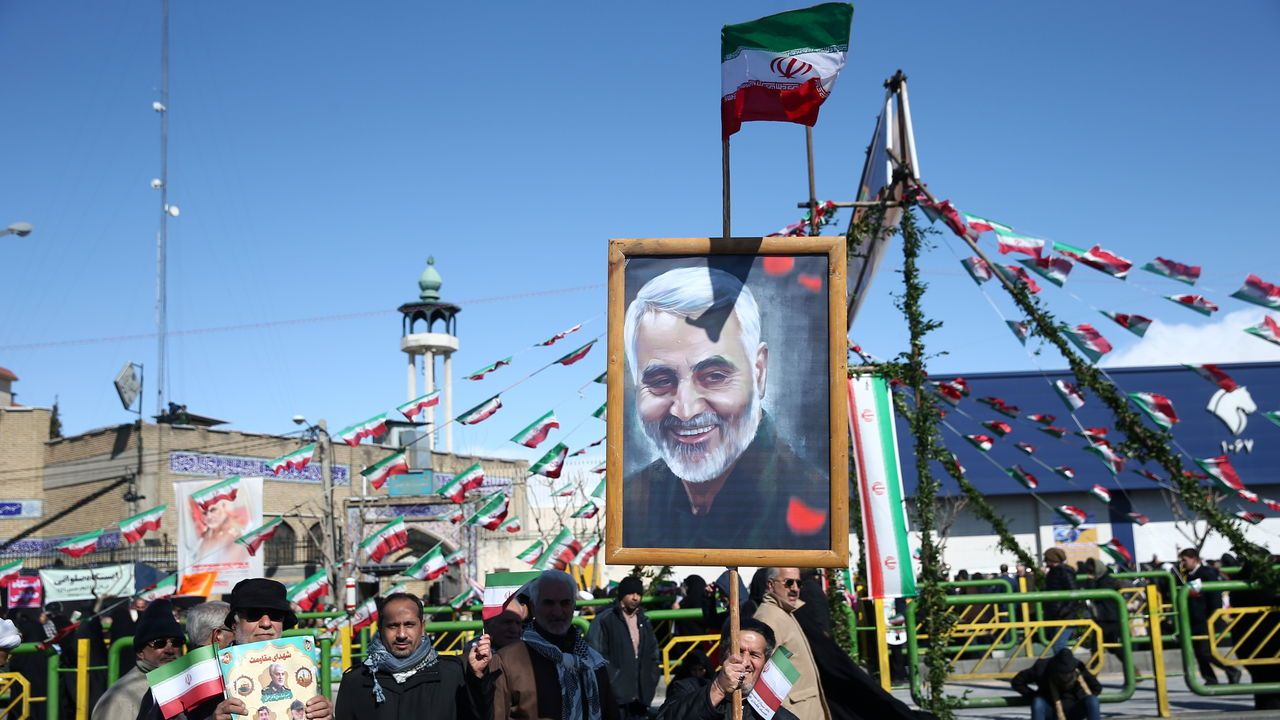What is Iran’s axis of resistance?
The country’s Middle Eastern network of allied militias has grown more powerful

AMERICA SAYS THAT its troops in Syria and Iraq have been attacked at least 55 times since Hamas’s assault on Israel on October 7th. Blaming Iran and its proxies across the Middle East, it has been hitting back: on November 12th America launched its third set of air strikes in eastern Syria since late October. Iran’s proxies have so far stopped short of launching attacks that could drag America into full-scale war. But their firepower poses a clear threat to America as well as its allies. What is this self-proclaimed axis of resistance, and how powerful is it?
Explore more
More from The Economist explains

Who will lead Britain’s Conservative Party?
Here are the four candidates vying for the daunting job

When can parents be held responsible for their children’s crimes?
Mass shootings by young assailants are raising the question

Will the debate between Kamala Harris and Donald Trump matter?
Normally presidential match-ups hardly move the needle—but this is no ordinary year
What are the Murdochs fighting about in a secret Nevada court?
The outcome could shape the political orientation of the family’s media empire
The battle between drones and helicopters in Ukraine
Small cheap drones could pose a new threat to expensive Russian craft
A short history of political meddling with the Federal Reserve
Donald Trump’s attacks on the Fed are a throwback to the era before central-bank independence